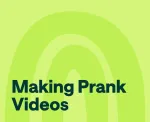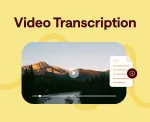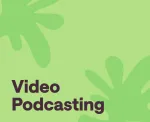
The Most Popular YouTube Genres (That You'd Never Guess)
Did you know that people watch over 1 billion hours of content on YouTube every day? While a lot of that time is spent on music videos, sports clips, and vlogs, these are far from the most interesting categories dominating viewers’ watch time in 2024.
Bearing in mind that 80%





